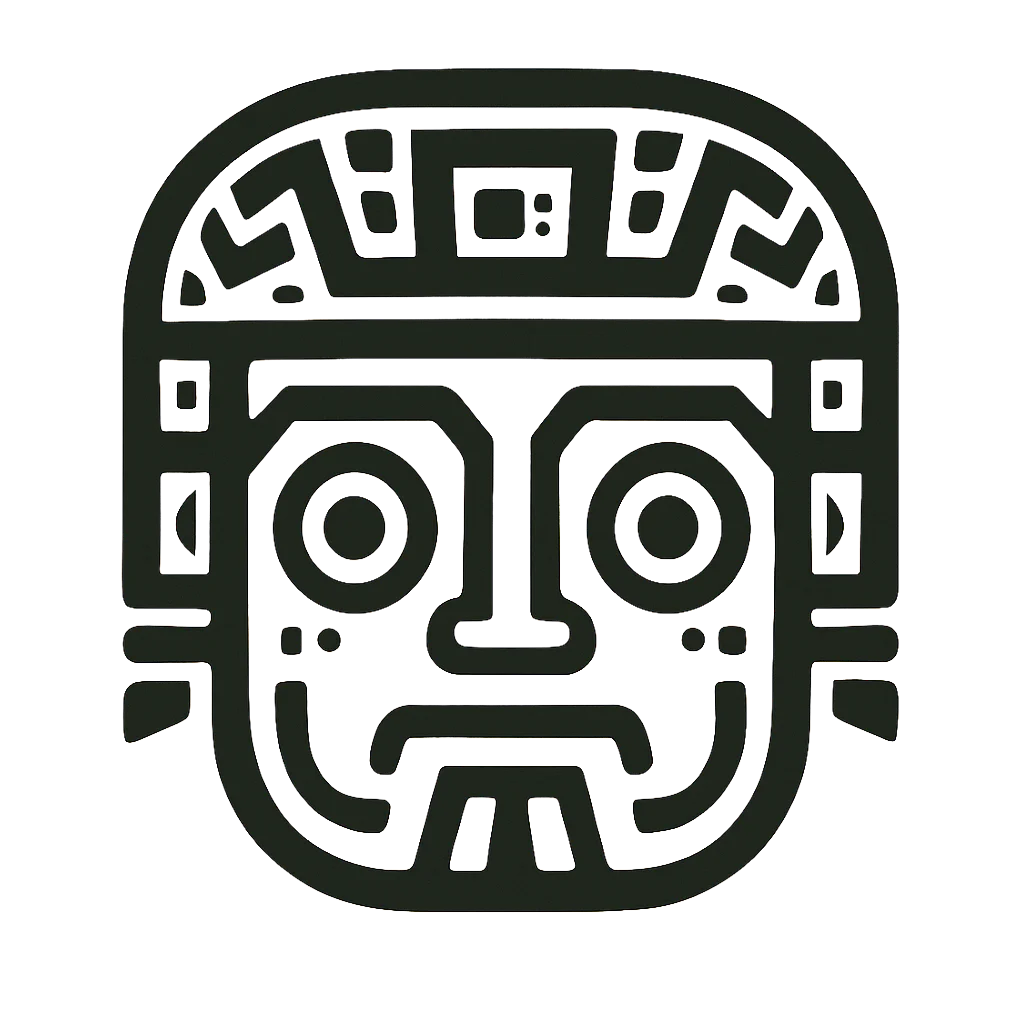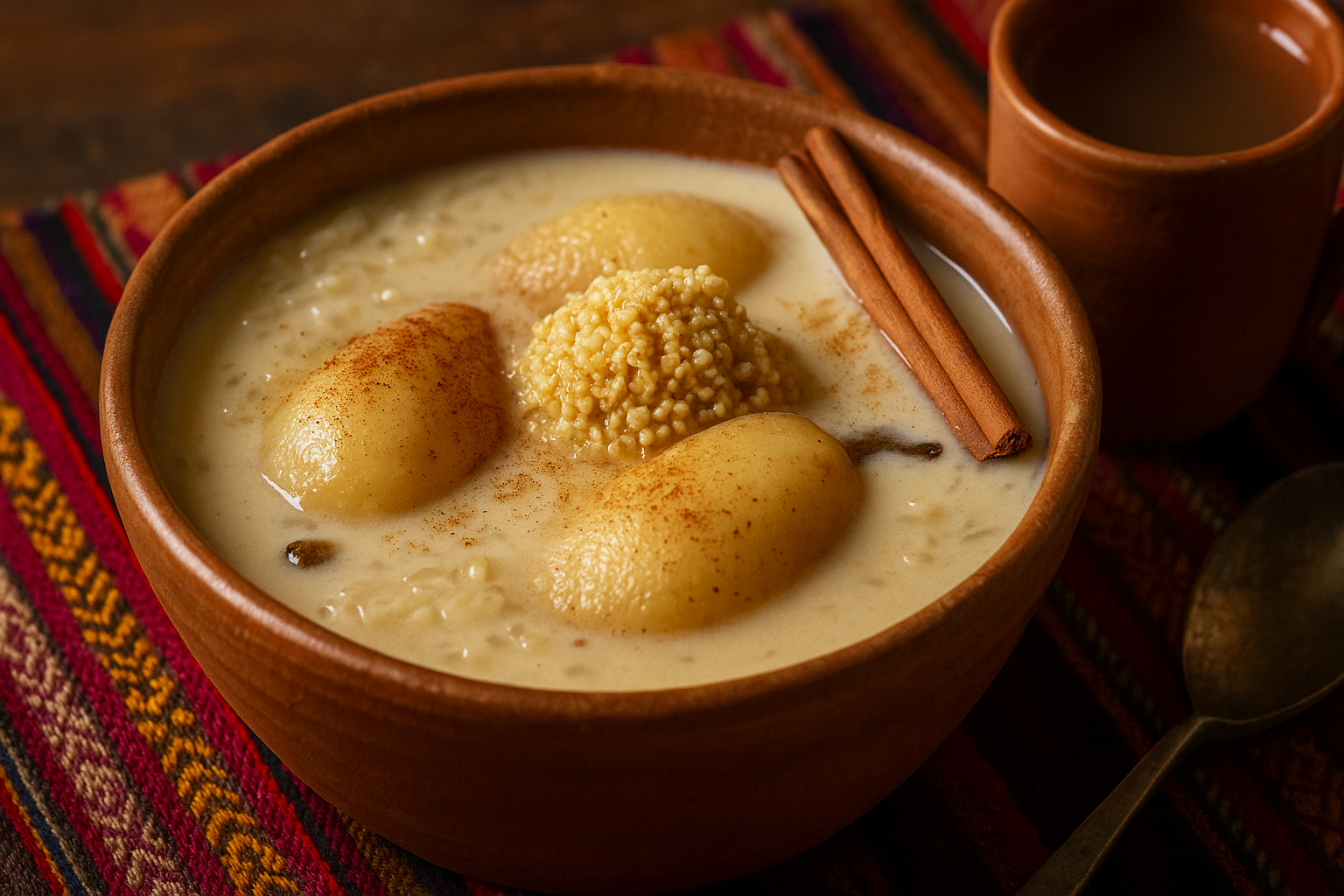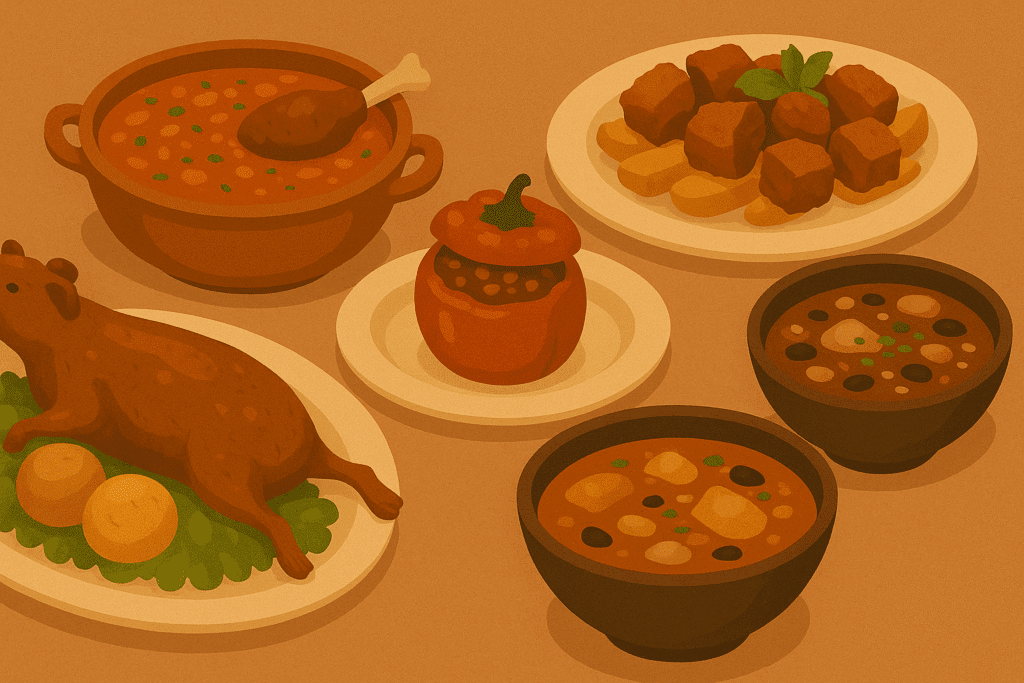Chupe of Pears is a soup that surprises from the first bite. This sweet and salty dish is made with whole Andean pears, potatoes, cheese, and milk. It is typical of the rural valleys of Cusco. This unique, comforting recipe is deeply linked to the land and is especially prepared in Calca, Urubamba, Lamay, and Chinchero. It reflects the peasant ingenuity that transforms the harvest into memorable flavors.
In Peruvian cuisine, "chupe" refers to a thick, nutritious soup that typically contains potatoes, milk, and cheese, and sometimes meat. However, chupe of pears replaces the meat with the natural sweetness of fruit, offering a unique flavor profile characteristic of Andean cuisine.
📜History
This recipe was born in the rural communities of Cusco, especially in Calca, Urubamba, Lamay and Chinchero, where the cultivation of fruit trees such as pears, peaches and apples is part of the family economy.
- It is consumed during the pear harvest, between March and May.
- Tiene raíces prehispánicas: ya los quechuas cocían frutas en sopas y caldos.
- With the arrival of dairy products after colonization, milk and cheese were incorporated, enriching the preparation.
Therefore, chupe of pears is a natural fusion of indigenous agricultural traditions and introduced ingredients adapted to high-altitude rural life. tradición agrícola indígena con ingredientes introducidos que se adaptaron a la vida rural de altura.

🤔 Curiosities of the Chupe of Pears
- In many communities it is said that this chupe helps to “warm the stomach” on very cold days, because of its milk, cooked fruit and hot herbs.
- Some families save the cooked pears for the following day, when their natural sweetness is intensified.
- Not to be confused with dessert; despite its sweet taste, chupe de peras is a soup served as a first course.
- En algunas ferias campesinas, es vendido como parte del «desayuno serrano».
🔬 Nutritional Value of Chupe of Pears
- Pears: Fiber, antioxidants, natural sugar: Fibra, antioxidantes, azúcar natural
- Potatos: Energy, potassium, vitamin C
- Milk: Calcium, protein, vitamin B12
- Fresh cheese: Protein and healthy fat, calcium
- Broad Beans: Vegetable protein, iron (optional but recommended)
A perfect combination of energy, softness and tradition.
📍Cultural and festive role in Cusco
Chupe of Pears occupies a special place during the feast of Saint Sebastian, celebrated every January 20 in Cusco. It is offered as part of communal breakfasts before mass or the procession and is typically served as follows:
- Dishes such as suckling pig, tamales, chiriuchu, and wheat soup are served in the homes of mayordomos and alféreces.
- As comfort food for dancers, musicians and authorities during the festival.
- In ritual tables, where it represents the generosity of the earth and the beginning of the new agricultural cycle.
The choice of chupe of Pears is not accidental. In the Andean cosmovision, the natural sweetness of cooked pears combined with the warmth of milk, cheese, and potatoes is interpreted as a food that strengthens the body and spirit and honors the earth's generosity. Additionally, it symbolizes the beginning of the new agricultural cycle since January marks when many fruits start to ripen in Cusco's inter-Andean valleys.
Thus, the chupe de peras is not only food, but also an act of reciprocity and collective communion, within the framework of a festival where the sacred and the everyday are intertwined.
📌 Ingredients
This dish needs time, patience and love, like any good tradition.
| 🛒 Ingredients | 📌 Quantity for 4 diners. |
|---|---|
| Pears | 8 |
| white potato | 2 |
| Broad Beans (optional) | 1 cup |
| Cooked rice | 1/2 cup |
| Evaporated or fresh milk | 1 cup |
| Fresh cheese | 100 g |
| Peppermint or muña | 1 branch |
| Fish egg cup | 250 g |
| Salt | to taste |
| Water | 1.5 lt |
🍲 Preparation
- Wash the Andean pears (water pears or peritas) well, without peeling or coring them. This detail preserves their shape and natural flavor during cooking.
- Place whole pears, diced potatoes, eggplant, and beans (if using) in a large pot. Add previously cooked rice or hominy. Add 1.5 liters of cold water.
- Cocina a fuego medio y deja hervir lentamente. No remuevas en exceso para evitar que las peras se deshagan.
- Once the potatoes are cooked and the pears are tender but still whole, which should take about 30 to 40 minutes, add the milk and fresh cheese. Stir carefully so the cheese melts without breaking the pears.
- Adjust the salt. The flavor should be slightly salty with a natural sweet background from the cooked fruit.
- Turn off the heat and add a sprig of mint or pineapple for aroma. Cover the pot for a few minutes to allow the herbs to release their fragrance without boiling.
Serve hot, ensuring each plate has at least one whole pear. For a heartier meal, serve with Serrano bread or mote.
✨ Conclusion
Chupe of Pears Cusqueño is more than just a soup; it's a representation of the Andes' agricultural and spiritual heritage. Its sweet-salty flavor, warm ingredients, and strong connection to the land make it a deeply symbolic and comforting dish.
Preparing it revives rural traditions that celebrate the harvest, care for local fruits, and balance of natural flavors. Whether it's served in a peasant pot, at a market breakfast, or reinterpreted at a restaurant, this chupe speaks to a Peru that honors seasonality, simplicity, and the soul of its communities.





